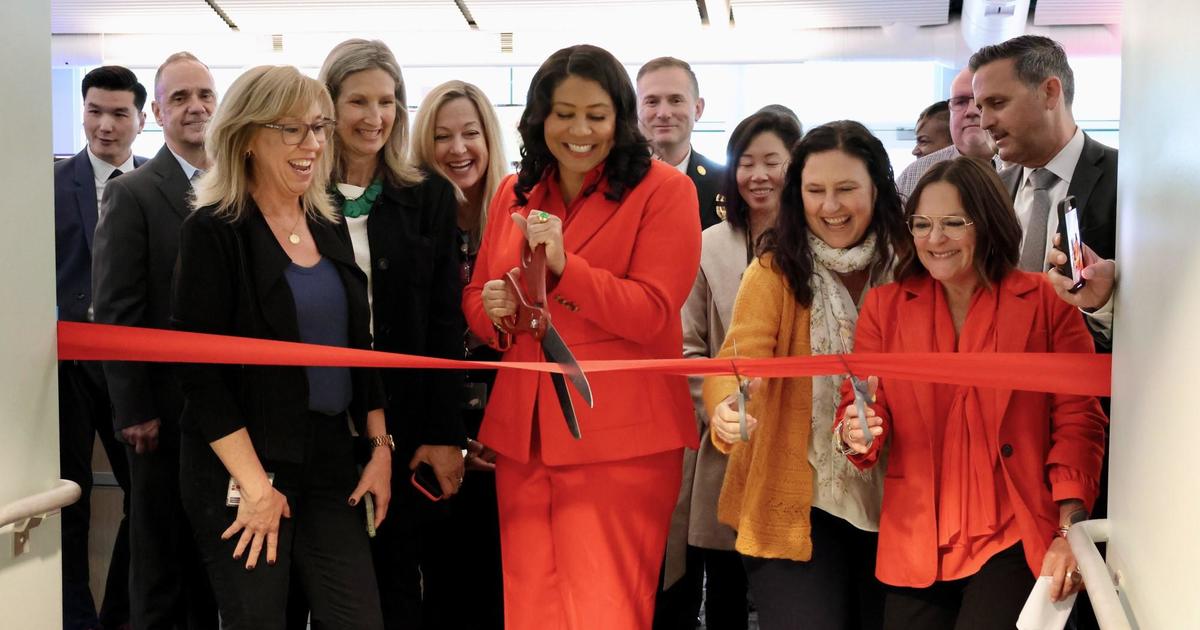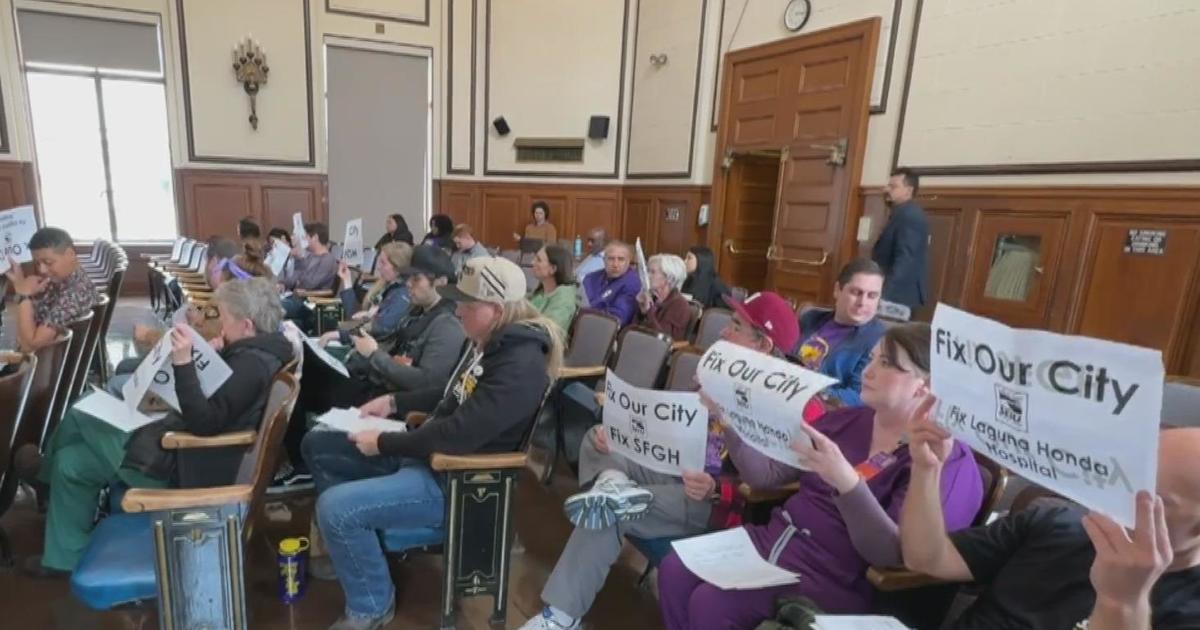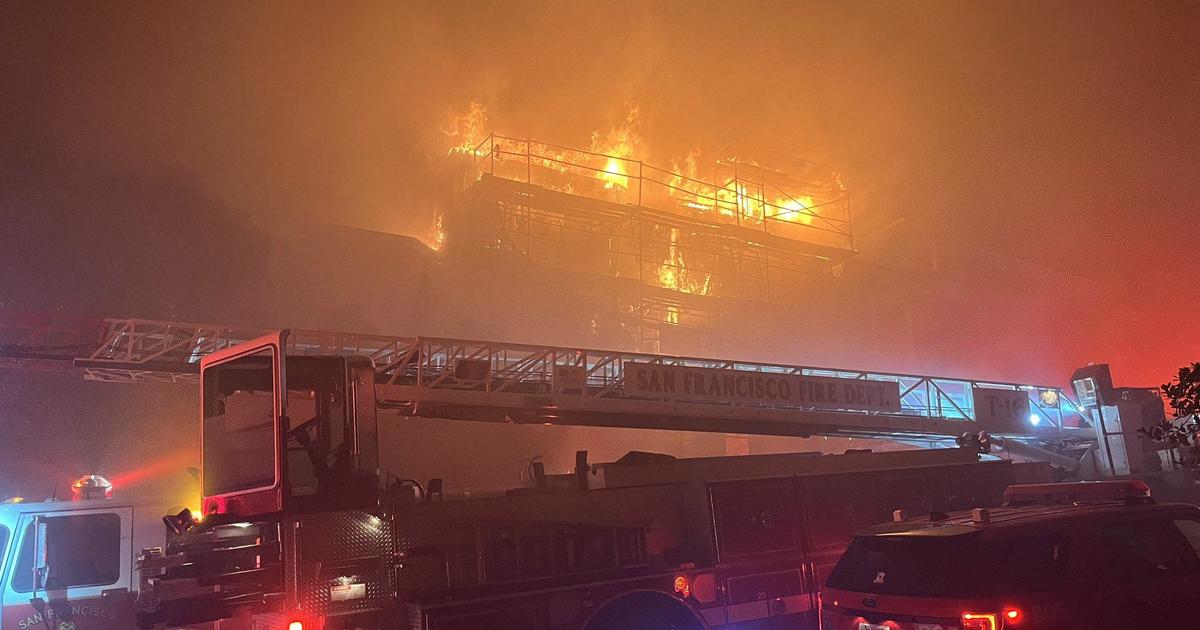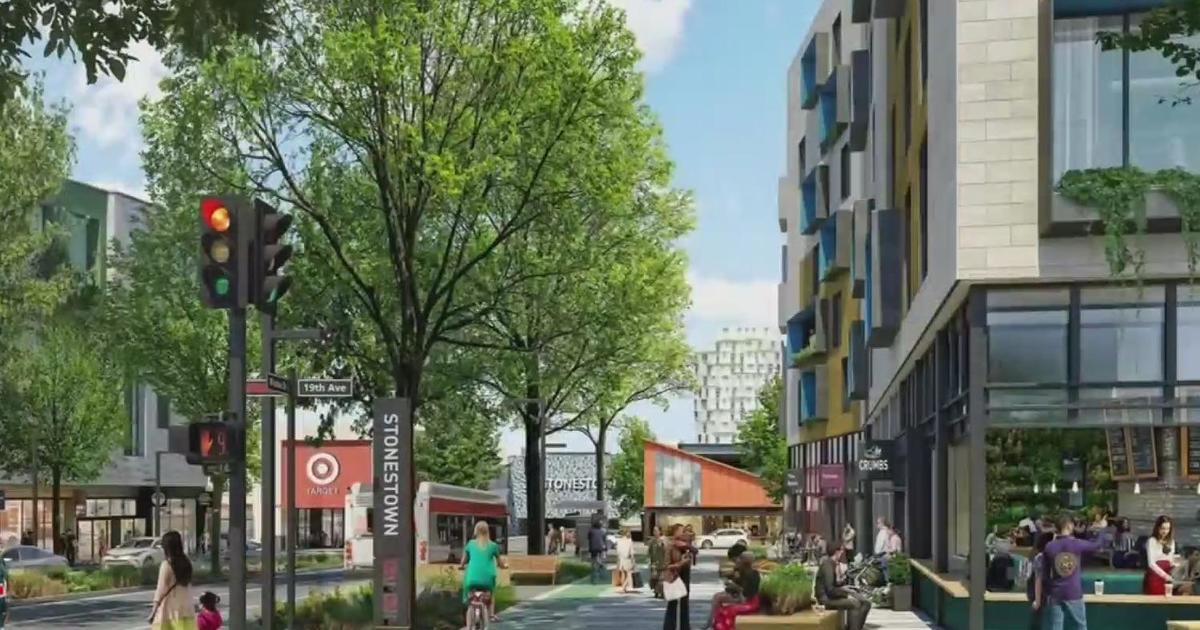COVID Shutdown: San Joaquin Valley, SoCal Enact Stay-Home Order Beginning Sunday
SAN FRANCISCO (CBS/AP) -- Faced with a dire shortage of hospital beds, health officials announced Saturday the vast region of Southern California and a large swath of the Central Valley will be placed under a sweeping new lockdown in an urgent attempt to slow the rapid rise of coronavirus cases.
The California Department of Public Health said the intensive care unit capacity in both regions' hospitals had fallen below a 15% threshold that triggers the new measures, which include strict closures for businesses and a ban on gathering with anyone outside of your own household. The new measures will take effect Sunday evening and remain in place for at least three weeks, meaning the lockdown will cover the Christmas holiday.
Much of the state is on the brink of the same restrictions. Some counties have opted to impose them even before the mandate kicks in, including five San Francisco Bay Area counties where the measures also take effect starting Sunday.
With a new lockdown looming, many rushed out to supermarkets Saturday and lined up outside salons to squeeze in a haircut before the orders kicked in.
Gov. Gavin Newsom announced the new plan Thursday. It is the most restrictive order since he imposed the country's first statewide stay-at-home rule in March. But the situation is bleaker than in March.
"The risk of contracting COVID in the community now is higher now than it has ever been," Dr. Eric McDonald, the medical director for San Diego County, told reporters Saturday. He and other officials urged the public to bear down, heed the rules and help the state get through the latest and worst wave of cases the state has seen.
California has tallied a staggering total of 1.3 million COVID-19 cases since the pandemic started, setting a new daily record on Friday when 25,068 confirmed cases were recorded.
The new order divides the state into five regions and uses ICU capacity as the trigger for closures.
The measures bar all on-site restaurant dining and close hair and nail salons, movie theaters and many other businesses, as well as museums and playgrounds. It says people may not congregate with anyone outside their household and must always wear masks when they go outside.
Under the new order, schools that are currently open can continue to provide in-person instruction; retailers including supermarkets and shopping centers can operate with just 20% customer capacity.
The 11-county Southern California region, which includes the cities of Los Angeles and San Diego, had only 12.5% of its ICU beds available, the California Department of Public Health reported Saturday. The figure was 8.6% for the San Joaquin Valley region, composed of a dozen counties in the agricultural Central Valley and rural areas of the Sierra Nevada.
Together the two regions are home to more than half of California's population of 40 million.
"We are at a point where surging cases and hospitalizations are not letting up," said Dr. Salvador Sandoval, public health officer for the Central Valley city of Merced. "I can't emphasize this enough – everyone must take personal steps to protect themselves and protect others."
The other three regions — Greater Sacramento, Northern California and San Francisco Bay Area — were all around 21% capacity.
But health officers in five of the Bay Area's 11 counties didn't wait. On Friday, they adopted the state's stay-at-home order. The changes begin to take effect Sunday night in San Francisco, Santa Clara, Marin, Alameda and Contra Costa counties, as well as the city of Berkeley.
"We don't think we can wait for the state's new restrictions to go into effect. ... This is an emergency," Contra Costa Health Officer Chris Farnitano said.
"Our biggest fear all along — that we won't have a bed for you or your mother or your grandmother or grandfather when they get sick — is the reality we'll be facing unless we slow the spread," San Francisco Mayor London Breed said.
The Bay Area order will last at least through Jan. 4, a week longer than the state's timeline, and came as the state recorded another daily record number of new cases with 22,018. Hospitalizations topped 9,000 for first time, and ICU patients were at a record 2,152.
The new shutdowns were a gut-wrenching move for small businesses that have struggled to survive over nearly a year in which they were repeatedly ordered to close, then allowed to reopen but with complex safety precautions.
Michelle Saunders James was in tears Friday at the thought of closing down her Oakland nail salon just five weeks after reopening it.
"We wear (face) shields. We take temperatures. We do everything we are told to do so everyone feels safe, including our staff and team," she told KGO-TV. "So I don't understand why it's not enough, and I'm terribly sad and afraid."
Critics say the broad statewide order unfairly lumps too many disparate counties together into regions.
"I feel like it's absurd. That's how I feel. It's a joke. I mean, first of all we are 220 miles away from Los Angeles. And we are geographically isolated and we have no problem ... with overfilled ICU beds," said Assemblyman Jordan Cunningham, a Republican who represents San Luis Obispo.
He asked why his county should be lumped in with Southern California counties like Los Angeles and Riverside when the San Luis Obispo hospital has just one COVID patient in the ICU. The effect on business has already been devastating, he said. "We've got small businesses that are losing everything, everything they have."
The explosive rise in COVID-19 infections that began in October is being blamed largely on people ignoring safety measures and socializing with others.
Berkeley Health Officer Lisa Hernandez said people should not meet in person with anyone they don't live with, "even in a small group, and even outdoors with precautions."
"If you have a social bubble, it is now popped," Hernandez said. "Do not let this be the last holiday with your family."
© Copyright 2020 Associated Press. All Rights Reserved. This material may not be published, broadcast, rewritten or redistributed



